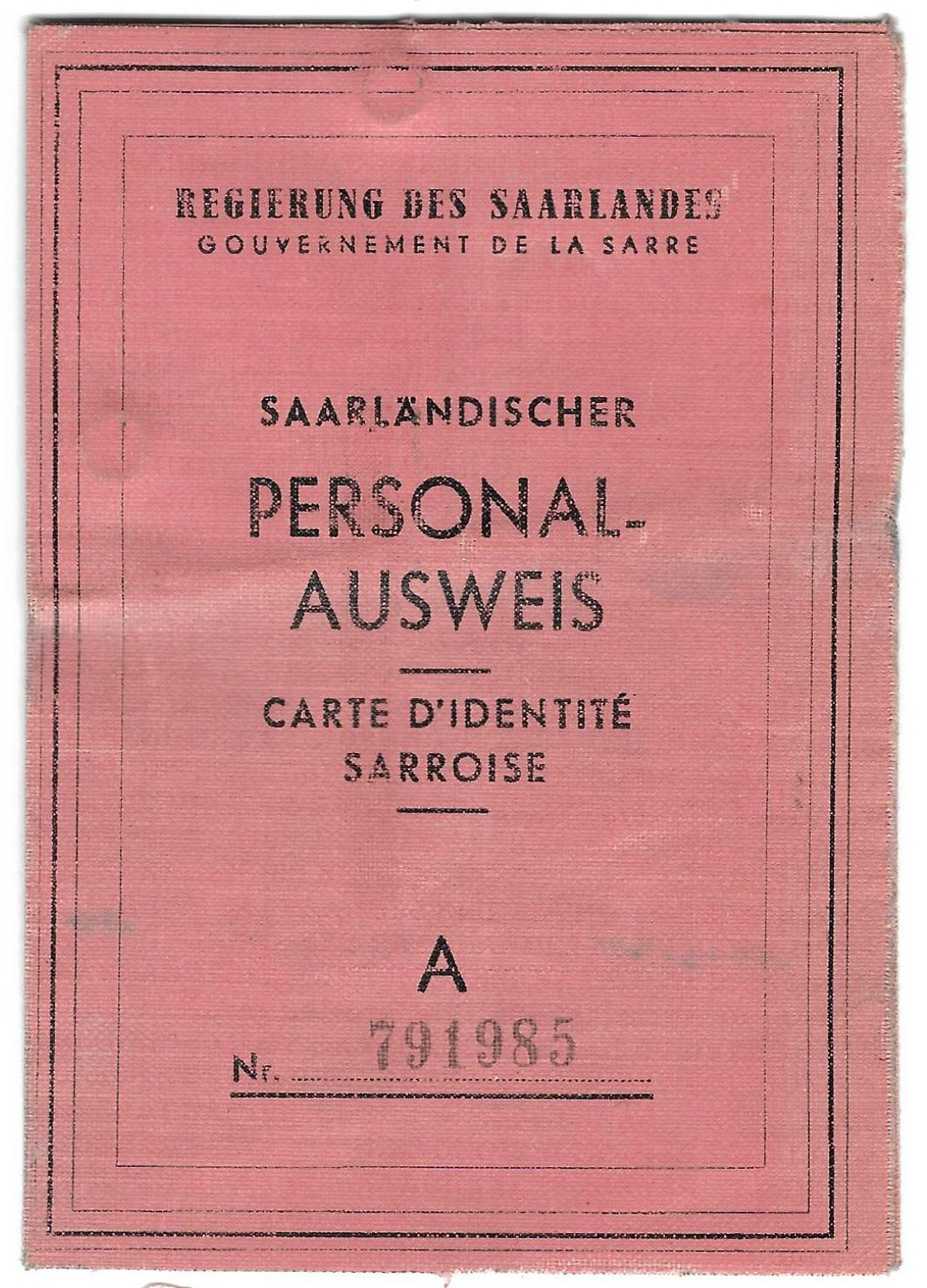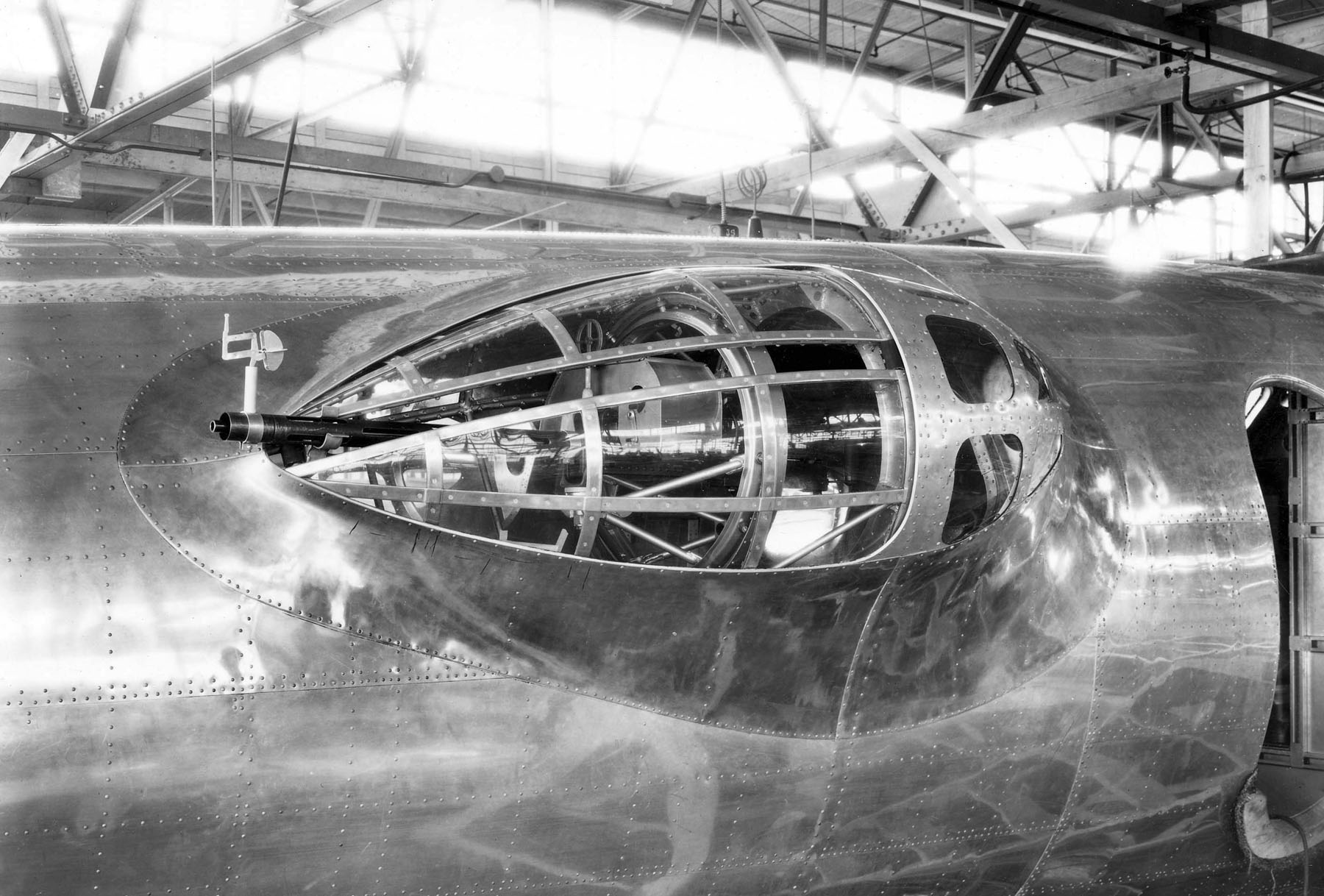|
Fort Decaen
The ', renamed fort Decaen by the French in 1919, is a military installation near Metz. It is part of the first fortified belt of forts of Metz and had its baptism of fire in late 1944, when Battle of Metz occurred. Historical context The first fortified fort belt of Metz consists of *Fort Saint-Privat (1870) * Fort de Queuleu (1867) * Fort des Bordes (1870) * Fort de Saint-Julien (1867) * Fort Gambetta * Déroulède *Decaen * Fort de Plappeville (1867) * Group Fortifications Of Saint-Quentin (1867) Most were still unfinished in 1870 when the Franco-Prussian War burst out. During it was held by Germany, the German garrison at Metz oscillated between 15,000 and 20,000 men at the beginning of the period. and exceeded 25,000 men just before the First World War,. It gradually became the premier stronghold of the German Reich. Construction and facilities The ''Feste Schwerin'' is designed in the spirit of the "detached forts" concept developed by Hans Alexis von Biehler in Germ ... [...More Info...] [...Related Items...] OR: [Wikipedia] [Google] [Baidu] |
Hans Alexis Von Biehler
Hans Alexis von Biehler (16 June 1818 – 30 December 1886) was a Prussian general. He designed fortifications in many famous locations. Beginning in 1873, he saw fort construction in Cologne, Strasbourg, Poznań, Toruń, Königsberg, Ingolstadt, Metz, Kostrzyn nad Odrą, Kostrzyn, Spandau, Ulm, Mainz and Magdeburg. Awards and decorations * Iron Cross of 1870 **2nd Class **1st Class (2 December 1870) * Order of the Iron Crown, First Class (18 December 1877) * Grand Cross of the Military Merit Order (Bavaria), Military Merit Order (Bavaria, 27 November 1877) * Order of the Red Eagle, 1st Class with Oak Leaves (26 January 1879) * Grand Cross of the Order of the Württemberg Crown (19 June 1879) * Grand Officer of the Order of Aviz (25 November 1880) * Grand Cross of the Albert Order (25 November 1880) References * 1818 births 1886 deaths Engineers from the Kingdom of Prussia Generals of Infantry (Prussia) Military personnel from Berlin Military personnel from the Province of ... [...More Info...] [...Related Items...] OR: [Wikipedia] [Google] [Baidu] |
Adolf Hitler
Adolf Hitler (20 April 1889 – 30 April 1945) was an Austrian-born German politician who was the dictator of Nazi Germany from 1933 until Death of Adolf Hitler, his suicide in 1945. Adolf Hitler's rise to power, He rose to power as the leader of the Nazi Party, becoming Chancellor of Germany#Nazi Germany (1933–1945), the chancellor in 1933 and then taking the title of in 1934. His invasion of Poland on 1 September 1939 marked the start of the Second World War. He was closely involved in military operations throughout the war and was central to the perpetration of the Holocaust: the genocide of Holocaust victims, about six million Jews and millions of other victims. Hitler was born in Braunau am Inn in Austria-Hungary and moved to German Empire, Germany in 1913. He was decorated during his service in the German Army in the First World War, receiving the Iron Cross. In 1919 he joined the German Workers' Party (DAP), the precursor of the Nazi Party, and in 1921 was app ... [...More Info...] [...Related Items...] OR: [Wikipedia] [Google] [Baidu] |
Saarland
Saarland (, ; ) is a state of Germany in the southwest of the country. With an area of and population of 990,509 in 2018, it is the smallest German state in area apart from the city-states of Berlin, Bremen, and Hamburg, and the smallest in population apart from Bremen. Saarbrücken is the state capital and largest city; other cities include Neunkirchen and Saarlouis. Saarland is mainly surrounded by the department of Moselle (Grand Est) in France to the west and south and the neighboring state of Rhineland-Palatinate in Germany to the north and east; it also shares a small border about long with the canton of Remich in Luxembourg to the northwest. Having long been a relatively small part of the long-contested territories along the Franco-German linguistic border, Saarland first gained specific economic and strategic importance in the nineteenth century due to the wealth of its coal deposits and the heavy industrialization that grew as a result. Saarland was first est ... [...More Info...] [...Related Items...] OR: [Wikipedia] [Google] [Baidu] |
Fort Jeanne D'Arc
Fort Jeanne d'Arc, also called Fortified Group Jeanne d'Arc, is a fortification located to the west of Metz in the Moselle department of France. It was built by Germany to the west of the town of Rozérieulles in the early 20th century as part of the third and final group of Metz fortifications. The fortification program was started after the German victory of the Franco-Prussian War, which resulted in the annexation of the provinces of Alsace and Lorraine from France to Germany. The Fort Jeanne d'Arc was part of the ''Moselstellung'', a group of eleven fortresses surrounding Thionville and Metz to guard against the possibility of a French attack aimed at regaining Alsace and Lorraine, with construction taking place between 1899 and 1908. The fortification system incorporated new principles of defensive construction to deal with advances in artillery. Later forts, such as Jeanne d'Arc, embodied innovative design concepts such as dispersal and concealment. These later forts were ... [...More Info...] [...Related Items...] OR: [Wikipedia] [Google] [Baidu] |
United States Army Central
The United States Army Central, formerly the Third United States Army, commonly referred to as the Third Army and as ARCENT, is a military formation of the United States Army that saw service in World War I and World War II, in the 1991 Gulf War, and in the Iraq War, coalition occupation of Iraq. It is best known for its campaigns in World War II under the command of General George S. Patton. The Third Army is headquartered at Shaw Air Force Base, South Carolina with a forward element at Camp Arifjan, Kuwait. It serves as the echelon above corps for the Army component of CENTCOM, whose area of responsibility #Current role, (AOR) includes Southwest Asia, around 20 countries of the world, in Africa, Asia, and the Persian Gulf. World War I The Third United States Army was first activated during the First World War on 7 November 1918, at Chaumont, Haute-Marne, Chaumont, France, when the General Headquarters of the American Expeditionary Forces (AEF) issued General Order 198 organ ... [...More Info...] [...Related Items...] OR: [Wikipedia] [Google] [Baidu] |
Consolidated B-24 Liberator
The Consolidated B-24 Liberator is an American heavy bomber, designed by Consolidated Aircraft of San Diego, California. It was known within the company as the Model 32, and some initial production aircraft were laid down as export models designated as various LB-30s, in the Land Bomber design category. At its inception, the B-24 was a modern design featuring a highly efficient shoulder-mounted, high aspect ratio Davis wing. The wing gave the Liberator a high cruise speed, long Range (aeronautics), range and the ability to carry a heavy Aerial bomb, bomb load. In comparison with its contemporaries, the B-24 was relatively difficult to fly and had poor low-speed performance; it also had a lower Ceiling (aeronautics), ceiling and was less robust than the Boeing B-17 Flying Fortress. While Aircrew#Military, aircrews tended to prefer the B-17, General Staff favored the B-24 and procured it in huge numbers for a wide variety of roles. At approximately 18,500 units – including 8,68 ... [...More Info...] [...Related Items...] OR: [Wikipedia] [Google] [Baidu] |
Boeing B-17 Flying Fortress
The Boeing B-17 Flying Fortress is an American four-engined heavy bomber aircraft developed in the 1930s for the United States Army Air Corps (USAAC). A fast and high-flying bomber, the B-17 dropped more bombs than any other aircraft during World War II, used primarily in the European Theater of Operations, United States Army, European Theater of Operations. It is the List of most-produced aircraft, third-most produced bomber in history, behind the American four-engined Consolidated B-24 Liberator and the German multirole, twin-engined Junkers Ju 88. The B-17 was also employed in transport, anti-submarine warfare, and search and rescue roles. In a USAAC competition, Boeing, Boeing's prototype Model 299/XB-17 outperformed two other entries but crashed, losing the initial 200-bomber contract to the Douglas B-18 Bolo. Still, the Air Corps ordered 13 more B-17s for further evaluation, which were introduced into service in 1938. The B-17 evolved through numerous Boeing B-17 Flyin ... [...More Info...] [...Related Items...] OR: [Wikipedia] [Google] [Baidu] |
Forts Of Metz
The forts of Metz are two fortified belts around the city of Metz in Lorraine.Not to be confused with the French works in the List of Maginot Line ouvrages, Région fortifiée de Metz from the later Maginot Line, ligne Maginot. Built according to the design and theory of Raymond Adolphe Séré de Rivières at the end of the Second French Empire, Second Empire—and later Hans Alexis von Biehler, Hans von Biehler while Metz was under German control—they earned the city the reputation of premier stronghold of the German reich. These fortifications were particularly thorough given the city's strategic position between France and Germany. The detached forts and fortified groups of the Metz area were spared in World War I, but showed their full defensive potential in the Battle of Metz at the end of World War II. Context Before the invention of rifled artillery, the place de Metz was considered untakeable.Dick de Lonlay, ''Français et allemands, histoire anecdotique de la guerre de ... [...More Info...] [...Related Items...] OR: [Wikipedia] [Google] [Baidu] |
Briey
Briey (; ) is a former commune in the Meurthe-et-Moselle department in northeastern France. On 1 January 2017, it was merged into the new commune Val de Briey. 28 June 2016 It is located both above and in a steep section of the valley of the river Woigot, five kilometers to the north of the autoroute that connects with , and 22 km northwest of |
Jarny
Jarny () is a commune in the Meurthe-et-Moselle department in north-eastern France. Population See also *Communes of the Meurthe-et-Moselle department The following is a list of the 591 communes of the Meurthe-et-Moselle department of France. The communes cooperate in the following intercommunalities (as of 2025): References Communes of Meurthe-et-Moselle Duchy of Bar {{ValBriey-geo-stub ...[...More Info...] [...Related Items...] OR: [Wikipedia] [Google] [Baidu] |
Mars-la-Tour
Mars-la-Tour () is a commune in the Meurthe-et-Moselle department in northeastern France. History The Battle of Mars-la-Tour was fought on 16 August 1870 during the Franco-Prussian War near the town of Mars-la-Tour. The railway line between Longuyon and Pogny reached Mars-la-Tour in 1876, at which time a small train station was built. On 30 August 1919 the station witnessed a minor accident when a freight train collided with a train full of coal, killing one train's conductor. The station no longer exists, however. See also *Communes of the Meurthe-et-Moselle department *Parc naturel régional de Lorraine Lorraine Regional Natural Park ( French: ''Parc naturel régional de Lorraine'') is a protected area of pastoral countryside in the Grand Est region of northeastern France, in the historic region of Lorraine. The park covers a total area of . The ... References Marslatour Three Bishoprics {{Toul-geo-stub ... [...More Info...] [...Related Items...] OR: [Wikipedia] [Google] [Baidu] |
Chambley-Bussières
Chambley-Bussières () is a commune in the Meurthe-et-Moselle department in north-eastern France. is located here. See also * *Parc naturel régional de Lorraine
[...More Info...] [...Related Items...] OR: [Wikipedia] [Google] [Baidu] |





